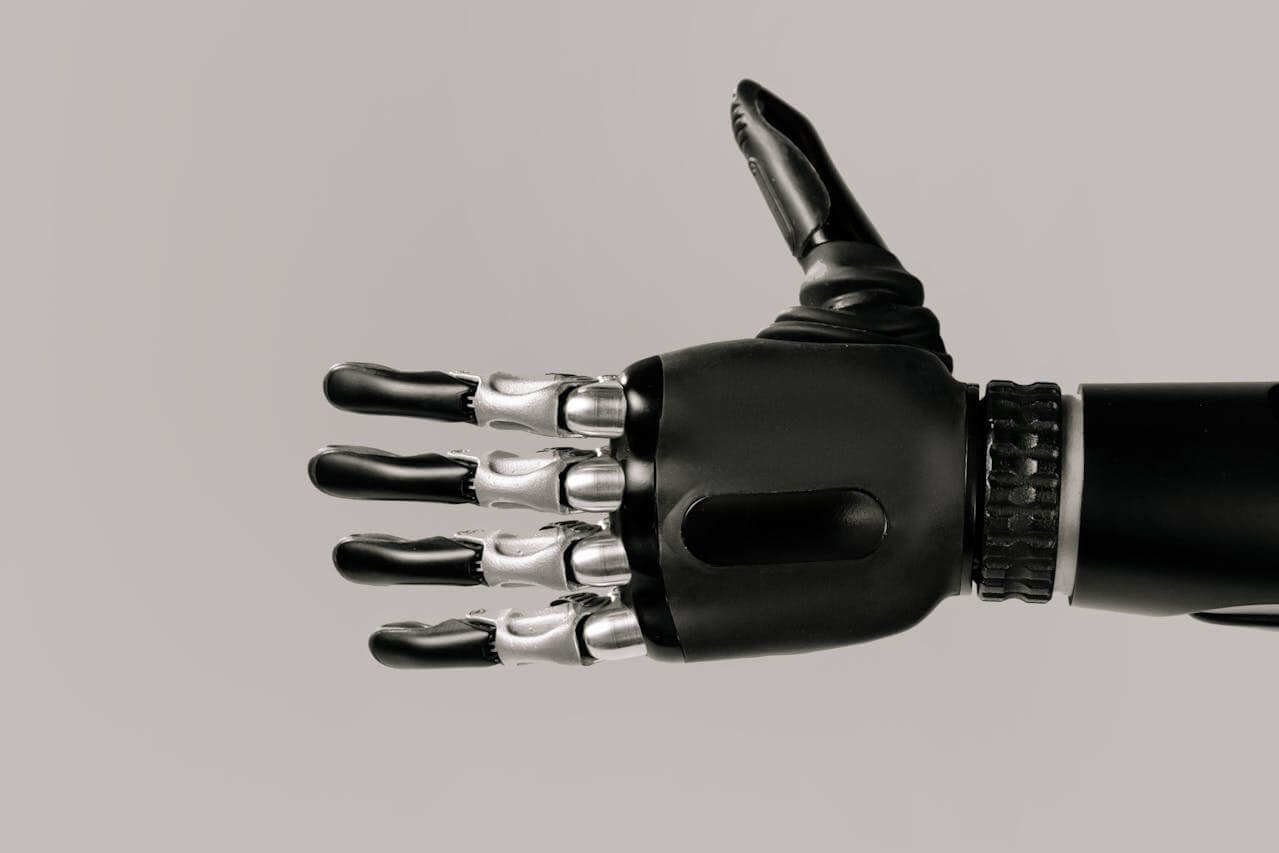Introduction
Space exploration has always been a testament to human ingenuity, pushing the limits of what we know and what we can achieve. But as we set our sights on deep space travel and long-term missions, new challenges arise—especially in the realm of human health and mobility. One often-overlooked issue is how prosthetic limbs would function in space.
With advancements in prosthetic technology allowing amputees to lead active lives on Earth, it’s only natural to wonder: Would these artificial limbs work in zero gravity? How would astronauts with prosthetics adapt to life in space?
This article delves into the mechanics of prosthetic limbs, the challenges they might face in microgravity, and the innovations that could make space exploration more accessible for amputees.
The Science of Prosthetics on Earth
Modern prosthetic limbs are marvels of engineering. They range from basic mechanical designs to advanced bionic limbs controlled by neural signals. Many prosthetics rely on gravity for functionality—whether it’s a simple arm prosthesis that swings naturally or a leg prosthesis that uses weight distribution for stability.
For example, lower-limb prosthetics on Earth use:
-
Hydraulic and pneumatic components to mimic the natural motion of human joints.
-
Microprocessors to adjust gait patterns based on feedback from sensors.
-
Gravity and ground reaction forces to maintain balance and support body weight.
But in zero gravity, these key factors change entirely.
Challenges of Prosthetic Limbs in Zero Gravity
The shift from Earth’s gravity to microgravity presents several obstacles for prosthetic users. Here’s a closer look at some of the biggest challenges:
1. Lack of Gravity for Stability
On Earth, prosthetic legs depend on weight distribution to provide stability and balance. In zero gravity, there is no “downward” force, meaning:
-
Prosthetic limbs may not stay securely in place as they would under normal conditions.
-
The concept of walking or standing is meaningless, as astronauts float rather than walk.
-
Traditional sockets (which rely on gravity to hold the prosthetic in place) could become uncomfortable or ineffective.
2. Movement and Mobility Adjustments
Since astronauts move primarily by pushing off surfaces rather than walking, leg prosthetics may need specialized joints and locking mechanisms to prevent unwanted motion. Arm prosthetics, which are often designed for gripping and lifting, may require adaptive controls for fine-tuned movements in microgravity.
3. Skin Irritation and Fit Issues
Amputees on Earth often deal with socket fit issues due to swelling and movement. In space, bodily fluids shift toward the head due to the lack of gravity, which could cause:
-
Swelling that alters the prosthetic’s fit.
-
Increased skin irritation due to different pressure distribution.
-
The need for adjustable sockets to accommodate bodily changes over time.
4. Material Wear and Tear in Space Conditions
Space is a harsh environment, with factors such as:
-
Radiation exposure, which can degrade materials over time.
-
Temperature extremes, which could affect the durability of prosthetic components.
-
Lack of air pressure, potentially impacting hydraulic or pneumatic systems within bionic limbs.
Prosthetic limbs would need to be made from lightweight yet highly durable materials that can withstand space conditions without frequent maintenance.
Innovations That Could Make Prosthetics Work in Space
Despite these challenges, innovative solutions are already in development that could make prosthetics functional in microgravity. Here are some promising ideas:
1. Adjustable and Modular Prosthetics
To accommodate the changing conditions of space, prosthetics could be designed with modular components that allow astronauts to adjust the fit, stiffness, or range of motion based on their needs. This would help counteract swelling and maintain comfort over long missions.
2. Magnetic or Suction-Based Attachment Systems
Rather than relying on gravity, prosthetic limbs could be secured using:
-
Magnetic connectors, allowing for quick attachment and detachment in space.
-
Vacuum-sealed suction cups, providing a stable fit regardless of body movement.
These attachment methods could make prosthetic limbs more secure and adaptable in zero gravity.
3. AI-Powered Motion Assistance
Since movement in space is vastly different from movement on Earth, AI-assisted prosthetics could help amputee astronauts adapt to microgravity. Some features could include:
-
Sensors that detect movement intent and adjust accordingly.
-
Gyroscopic stabilization to prevent unintended motion.
-
Haptic feedback systems to help users understand their limb’s position without gravity cues.
4. 3D-Printed Prosthetic Components for Space Missions
If an astronaut’s prosthetic limb breaks or needs adjustments, waiting for a replacement from Earth isn’t feasible. The solution? 3D printing on the spacecraft.
-
Space agencies like NASA are already experimenting with 3D printing technology aboard the International Space Station (ISS).
-
Prosthetic parts could be printed on demand, allowing astronauts to repair or modify their limbs without relying on Earth-based support.
This approach would ensure long-term functionality and adaptability for prosthetic users in space.
Could an Amputee Become an Astronaut?
Historically, space agencies have required astronauts to meet strict physical requirements, often excluding individuals with disabilities or prosthetics. However, attitudes are changing.
The ESA’s Parastronaut Initiative
In 2021, the European Space Agency (ESA) launched the world’s first parastronaut feasibility project, aiming to include astronauts with disabilities in space missions. This initiative marks a major step toward inclusivity, proving that amputees could someday participate in space exploration.
Advancements in Space Medicine and Accessibility
With advancements in medical technology and robotic prosthetics, it’s only a matter of time before amputee astronauts become a reality. Some possible accommodations could include:
-
Modified space suits that accommodate prosthetic limbs.
-
Specialized training programs to help amputees adapt to space movement.
-
Custom-built spacecraft interiors designed with accessibility in mind.
The future of space travel is evolving, and with the right innovations, prosthetic users may one day walk—or float—among the stars.
Final Thoughts: The Future of Prosthetics in Space
Space exploration has always been about overcoming challenges and expanding human potential. While prosthetic limbs face unique obstacles in zero gravity, advances in materials, AI, and 3D printing are making space more accessible than ever.
The idea of an amputee astronaut is no longer just science fiction—it’s an achievable goal. With organizations like the ESA and NASA exploring disability inclusion, the dream of prosthetic users reaching space is closer than ever before.
As we look toward missions to the Moon, Mars, and beyond, one thing is clear: the future of space travel must be inclusive for all, regardless of physical ability.



